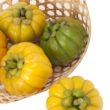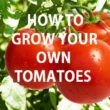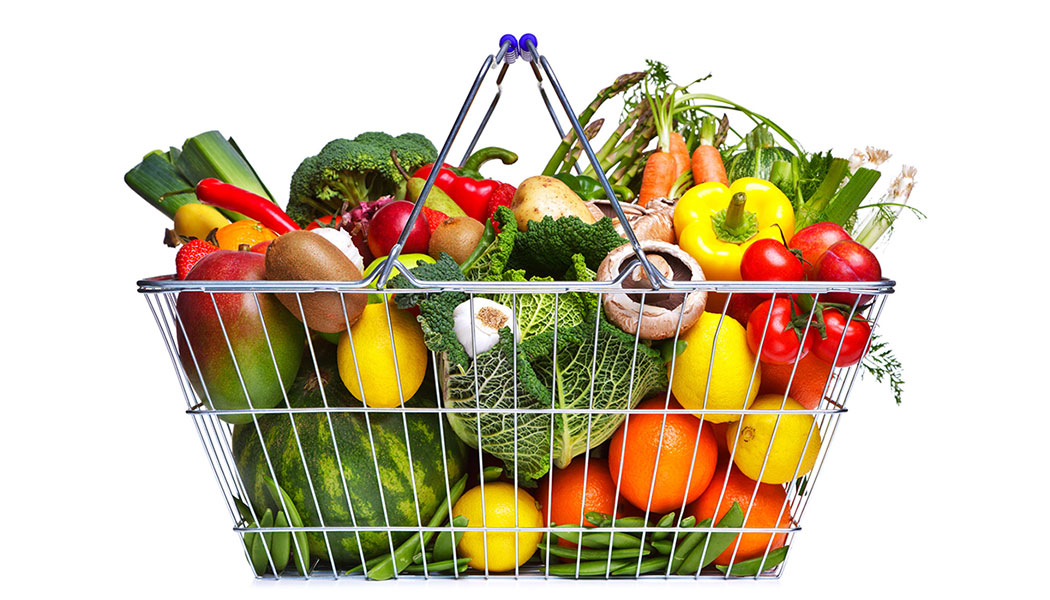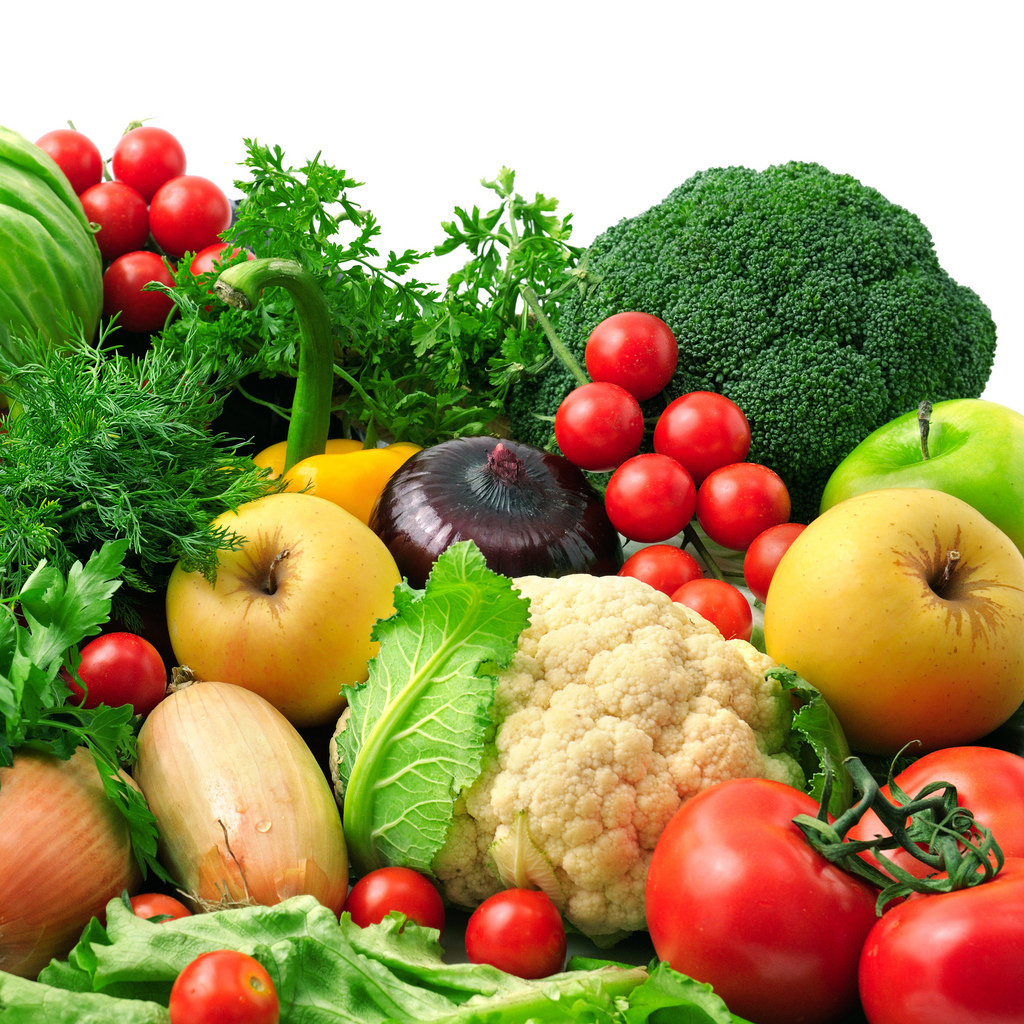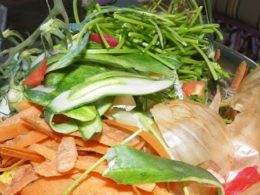If you’re into home gardening, you’ll find that there are nifty ways to preserve your produce and make it last for long periods of time. Freezing, pickling, drying and canning are great ways to preserve your herbs, fruits and veggies. The method will depend on what you want to do with the products when the time comes.
Freezing
This is one of the most common and probably the easiest method of food preservation. While it is really simple, it does include a bit more preparation than mere chucking of your fruit and vegetables into a zip-topped bag and throwing them into the freezer. Before freezing your chosen produce, you’ll need to have your vegetables blanched (briefly cook in boiling water), and the sooner you’re able to freeze your produce, the better for its shelf life.
Blanching before you freeze your produce entails a lot of benefits. Not only will it preserve the color of your produce, it will also reduce the loss of its vitamin content, and will clean the surface of your veggies. Blanching can be skipped though if you are to freeze fruits.
When freezing a variety of fruits through the winter season, follow the steps below:
- Prep your veggies first. Chop large vegetables into smaller sizes, remove shelling peas from pods, and check for other veggies that need prepping first prior to blanching them.
- Blanch your veggies.
- Rinse, cool then dry. Once blanched, remove from the heat then drain the water off. Cool the veggies by running them under tap water and dry them by placing them atop a towel.
- Pack in plastic zip bags, squeezing as much air out in the process.
- Place in freezer.
Drying
Unlike freezing, the process of drying may somehow alter the taste of the produce, as removal of water concentrates the flavour of the vegetables and fruits concerned. It will also undergo some changes in texture as drying will make your produce feel crumbly and leathery.
- Prep the produce.
- Blanch.
- Dry it. Switch the oven at the lowest possible setting—around 1500 F. Place the produce in a baking sheet and put inside the oven making sure that the oven door is left ajar. Drying time can go between a few hours for herbs and about 24 hours for tomatoes and peppers. Keep an eye on the produce as they might burn if they were left in the oven for too long or if they get to be too dry.
- Store in airtight jars/containers.
Pickling
This method can be great for preserving cucumbers, carrots, cabbage, peas, beans and more. However, this section will focus on refrigerator pickles and not fermented pickles. This type of pickles can be enjoyed after only a few hours whereas fermented pickles take weeks before it can be enjoyed.
- Sterilize your jars and lids.
- Chop your produce into smaller pieces.
- Create pickle juice. Just pour a cup of vinegar into a saucepan and add a tablespoon of salt. Stir until the salt dissolves completely. Add a cup of water and switch the heat off.
- Add seasoning in the jar with the veggies. The seasoning can be whatever items you enjoy—dill, garlic, or even peppercorns.
- Place in jars and store.
Canning
This method works by creating a food environment where bacteria won’t be able to proliferate. A lot of things can be canned –salsa, berries, fruits and vegetables too. However, out of the four methods of food preservation, canning tends to be the most complicated one.
When canning, you need to take note of several things: you need to use veggies and fruits that comes at certain peak of ripeness, make use of canning jars that are not cracked or chipped, and ensure that the canning procedure is followed to the letter to ensure the creation of a bacteria-free environment.
If you want to dabble into canning, the following can be good kickstarters:
- Tomato sauce / pasta sauce
- Fruit jams or jellies
- Salsa
- Pickles
- Cooked tomatoes
- Chilli sauces
- Chutneys
No matter which produce you decide to can, make sure that you test your containers first, if they’re sealed fully before putting them all to storage. A sealed can will produce a sharp ringing sound when you tap a teaspoon on its lid. If you heard a dull sound, then it’s not properly sealed. Once done, label them with what’s inside, take note of the date and store at room temperature. Provided that the canning procedure was done properly, your produce should be good for consumption for up to a year.

